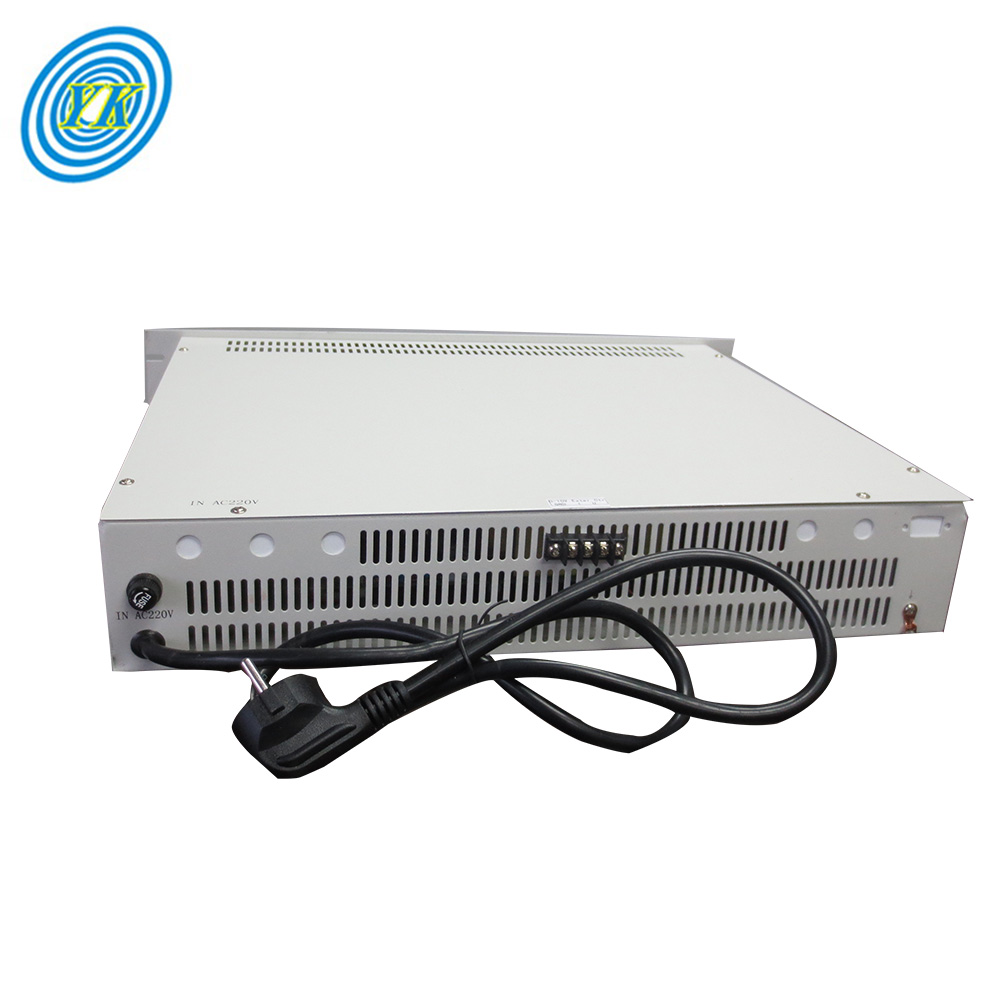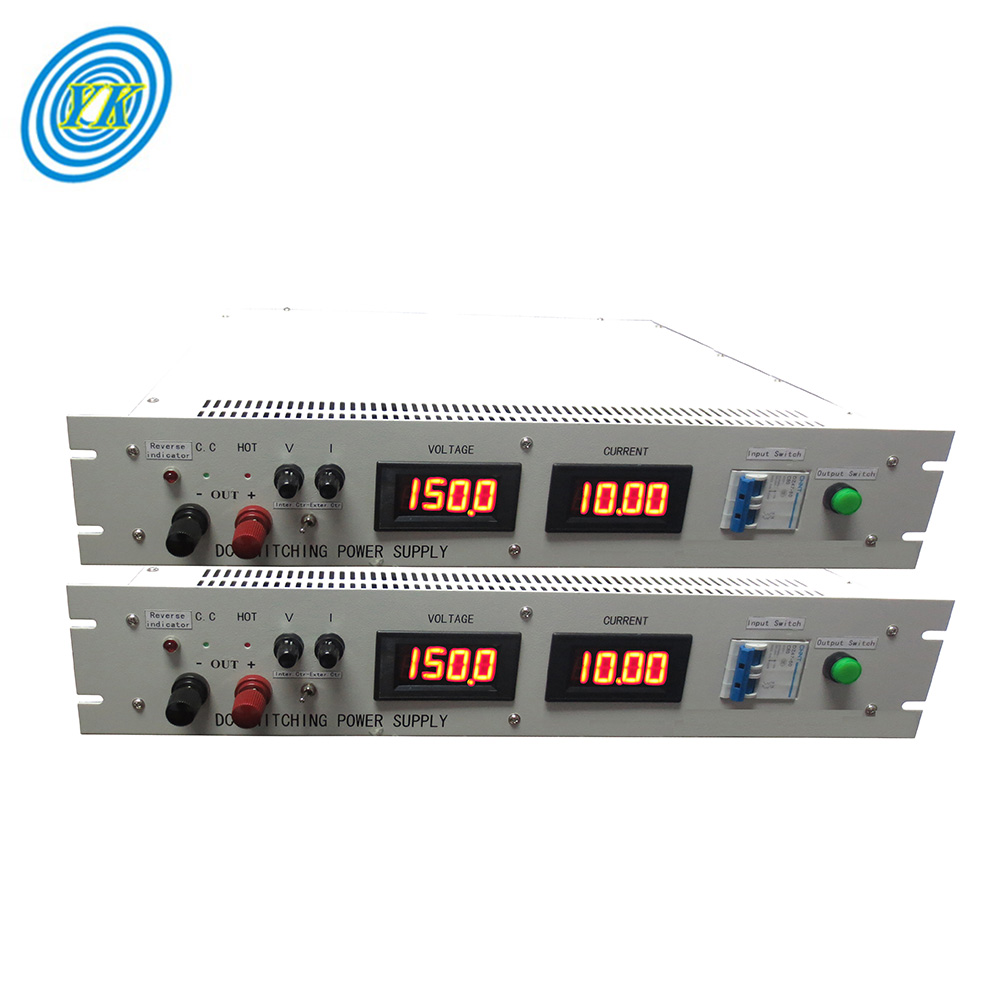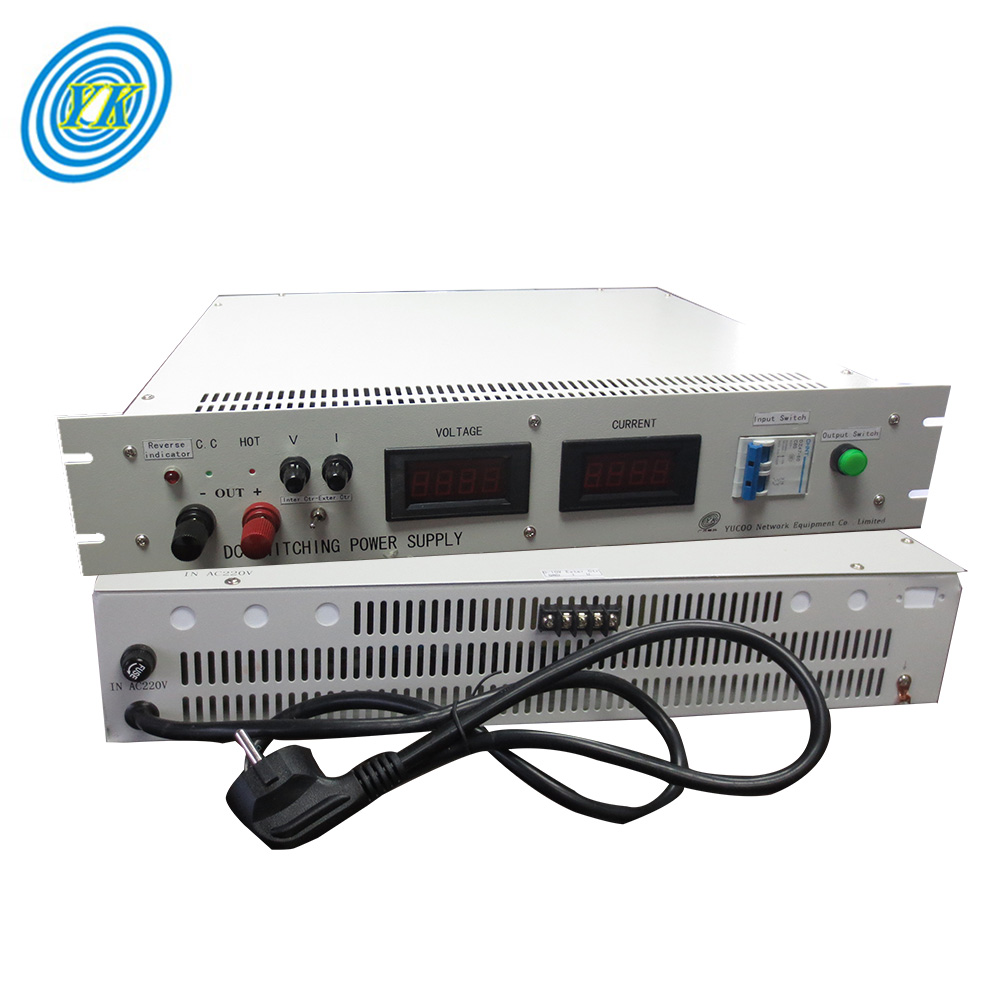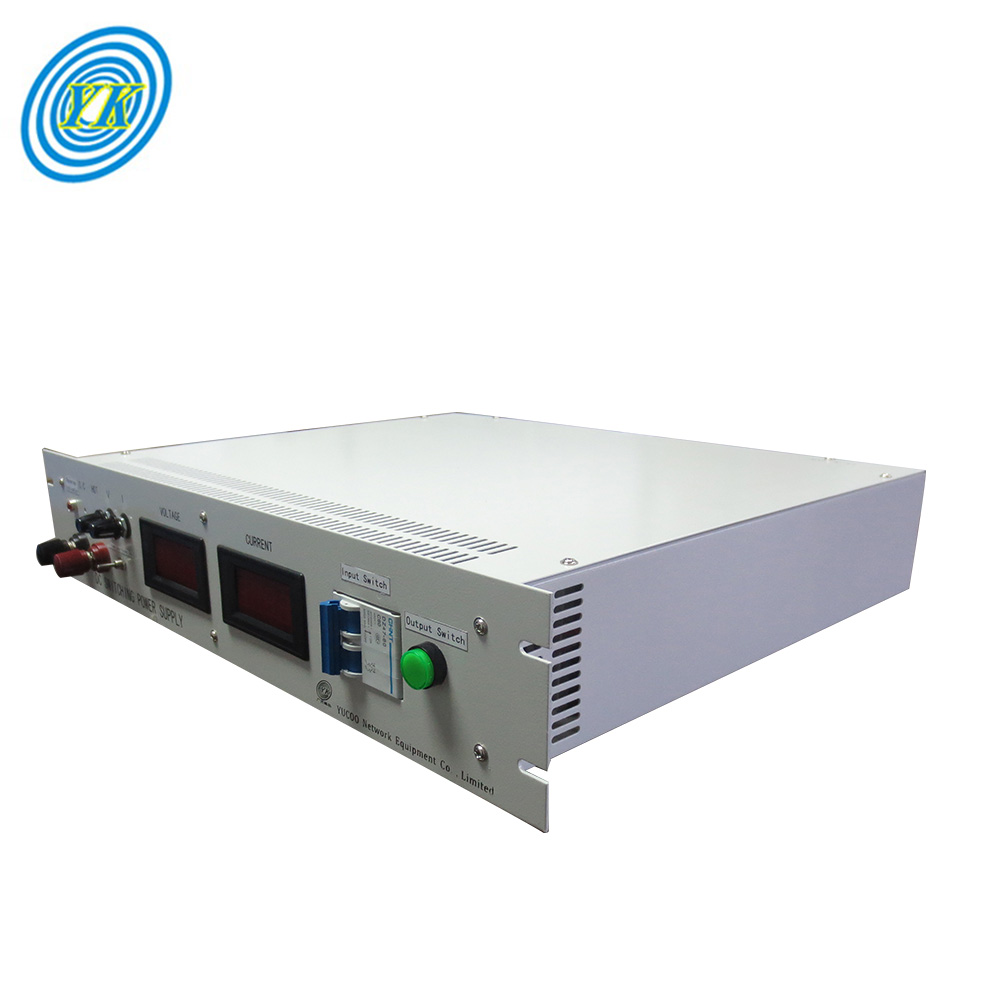News
Comprehensive Guide to Adjustable DC Power Supplies: From Technical Specifications to User Experience
Click: 776 Date: 03/02/2024 10::21::05 AM
Comprehensive Guide to Adjustable DC Power Supplies: From Technical Specifications to User Experience
In the realm of power supply technology, understanding the principles of voltage regulation and adjustment is crucial, especially for those looking to optimize their adjustable DC power supply systems. This section will delve into the fundamental concepts of linear and switching voltage regulators, highlighting their distinct advantages and contributions to the functionality of adjustable DC power supplies.
Linear Voltage Regulators: These are the cornerstone of many electronic power supplies, offering a straightforward approach to voltage regulation. They operate by using a voltage-controlled current source to maintain a steady output voltage, despite fluctuations in load current or input voltage. This reliance on a linear relationship between input and output voltage makes them highly predictable, though at the expense of efficiency, particularly in high-power applications. The simplicity and cost-effectiveness of linear regulators make them a preferred choice for low-power devices, such as audio and video equipment, where noise and efficiency are paramount.
Switching Voltage Regulators (SMPS): Contrasting with linear regulators, SMPS are more complex but offer significant advantages in efficiency and size reduction. By using a high-frequency switching transistor to convert the input AC voltage to a regulated DC output, SMPS can achieve higher efficiency levels. This efficiency comes at the cost of slightly more complex design and potentially higher noise levels, making them less suitable for applications requiring low noise. However, their ability to manage larger power loads and operate over a wider input voltage range makes them ideal for a broad range of applications, including those requiring high power outputs.
Key Contributions to Adjustable DC Power Supplies: The choice between linear and switching regulators in adjustable DC power supplies hinges on the specific requirements of the application. Linear regulators, with their simplicity and reliability, are often preferred for low-power applications where noise mitigation and thermal efficiency are critical. In contrast, switching regulators, with their higher efficiency and smaller form factor, are better suited for high-power applications where space and thermal management are concerns. The integration of both types of regulators in adjustable power supplies allows for a balance between performance, efficiency, and cost, tailoring the power supply to meet the exact needs of the device or system it supports.
Conclusion: Understanding the nuances of linear and switching voltage regulators is essential for designing and optimizing adjustable DC power supplies. By leveraging the strengths of each type of regulator—linear for low-power, noise-sensitive applications and switching for high-power, space-constrained environments—designers can create power supplies that are both efficient and effective. This knowledge enables the development of power supplies that meet the specific requirements of various applications, from audio and video systems to industrial equipment, ensuring optimal performance and reliability.
When discussing the specifications and safety features of a power supply, it's crucial to delve into several key aspects that define its functionality and ensure the safety of both the device and the user. These aspects include:
Voltage and Current Ranges: Understanding the input and output voltage ranges is fundamental, as it determines the power supply's compatibility with different devices and its ability to safely operate under various conditions.
Continuous Power Rating: This specification indicates the maximum power that the power supply can deliver continuously without overheating or failing. It's a critical factor for ensuring the power supply can handle the demands of the connected devices.
Safety Features: Protecting the power supply and its users involves implementing safety features such as overvoltage, undervoltage, and overcurrent protection. These measures are designed to prevent damage to the power supply and connected devices by shutting down or limiting the power supply in case of unsafe conditions.
EMI Compliance and Interference Reduction: To meet regulatory standards and ensure minimal interference with other electronic devices, power supplies must be designed to reduce conducted interference. This includes proper transformer design, the use of heat sinks, and filter design to achieve EMI compliance.
Dynamic Response and Efficiency: The ability of a power supply to respond quickly to changes in load power and its efficiency (the ratio of output-to-input power) are critical for applications requiring fast dynamic response, such as high-speed microprocessors with power-management functions.
By focusing on these specifications and safety features, power supply manufacturers and users can ensure that the power supply is not only capable of supplying the necessary power but also safe to use in various applications.
In the design and components of adjustable power supplies, we delve into the intricate workings of these devices, focusing on the role of various elements in their operation. Key components such as power transformers, rectifier circuits, and filtering capacitors play crucial roles in the process. Additionally, the incorporation of heat sinks and fan cooling systems is essential for managing temperature and ensuring the efficient operation of these supplies.
Power Transformers: These are used to step down high voltage AC mains input into a lower voltage AC output, which is then converted to DC by the rectifier circuit. This step is crucial in adjustable power supplies as it allows for the input of a wide range of AC voltages while maintaining a safe and manageable DC output voltage.
Rectifier Circuits: Following the power transformer, the rectifier circuit converts the AC voltage into pulsating DC voltage. This is achieved by using a bridge rectifier, which ensures that the output voltage waveform is above the positive line, creating a pulsating DC voltage. This initial output is not smooth and requires further processing to achieve a stable DC output.
Filtering Capacitors: To smooth out the pulsating DC voltage produced by the rectifier, filtering capacitors are used. These capacitors act to even out the fluctuations, creating a smoother waveform. This smoothing process is essential for ensuring a stable and reliable DC output voltage that can be adjusted according to the needs of the connected electronic device.
Heat Sinks and Fan Cooling: The efficiency and reliability of adjustable power supplies are significantly impacted by the management of heat. Heat sinks are used to dissipate heat generated by the power supply components, preventing overheating and ensuring safe operation. In addition to heat sinks, fan cooling systems can be incorporated to further enhance cooling efficiency. This is particularly important for power supplies that handle high currents or operate under high loads, where heat generation can be substantial.
By understanding and optimizing these components, adjustable power supplies can be designed to provide stable, efficient, and adjustable DC power for a wide range of electronic applications. The careful consideration of each component, from the initial AC input to the final DC output, ensures that these power supplies are both effective and reliable.

The "Technical Support and User Manuals" section would encompass a variety of resources designed to assist users in effectively utilizing adjustable DC power supplies. This includes:
Installation Guides: Detailed instructions on how to properly set up and connect the power supply, ensuring it meets the specific requirements of the user's application.
User Manuals: Comprehensive guides that cover the operation, maintenance, and troubleshooting of the power supply. These manuals typically include information on setting voltage levels, monitoring performance, and identifying common issues.
Troubleshooting Tips: Practical advice and solutions for common problems encountered with adjustable DC power supplies, such as voltage fluctuations, overheating, and malfunctioning components.
Technical Support Options: Information on how to contact technical support teams for assistance with more complex issues. This can include phone support, email support, or access to online forums and communities where users can share their experiences and solutions.
These resources are crucial for ensuring users can maximize the performance and longevity of their adjustable DC power supplies, while also addressing any issues that may arise during use.
In the final section of our comprehensive guide, we delve into the market dynamics and product reviews for adjustable DC power supplies. This segment is crucial for potential buyers, as it provides insights into the current state of the market, product availability, and customer feedback.
Market Overview:
The global DC power supplies market is on a steady growth trajectory, with a projected revenue of US$ 626.47 million by 2033. This growth is driven by the increasing use of electronic devices and gadgets that operate on direct current, which necessitates the use of adjustable DC power supplies. The market is segmented by type, output power, application, and region, with North America, Europe, and Asia-Pacific emerging as key markets. The rise of electronic manufacturing companies in South East Asia has further boosted exports in this region, highlighting the market's dynamism and potential for growth 2.
Product Reviews:
User and professional reviews play a pivotal role in shaping the market's perception of adjustable DC power supplies. These reviews offer valuable insights into the product's performance, reliability, and suitability for various applications. For instance, adjustable DC power supplies have been praised for their efficiency, ease of use, and the ability to provide a stable output voltage, which is critical for a wide range of electronic devices. However, concerns have been raised regarding the durability of some models and the need for better safety features to protect against overvoltage and short circuits.
Key Takeaways:
The global DC power supplies market is experiencing significant growth, with a compound annual growth rate (CAGR) of 4.3% from 2023 to 2033.
The market's growth is fueled by the rising demand for electronic devices and gadgets, as well as the increasing adoption of energy-efficient appliances in industrial setups.
User and professional reviews highlight the importance of safety features, efficiency, and reliability in adjustable DC power supplies.
The market's future growth prospects are positively influenced by the ongoing expansion of electronic manufacturing in South East Asia and the growing demand for energy-efficient appliances in developing economies.
This section provides a comprehensive view of the market for adjustable DC power supplies, including an analysis of product availability, price ranges, and reviews from users and professionals in the field. It underscores the market's potential for growth and the importance of considering user feedback when selecting a power supply for specific applications.


